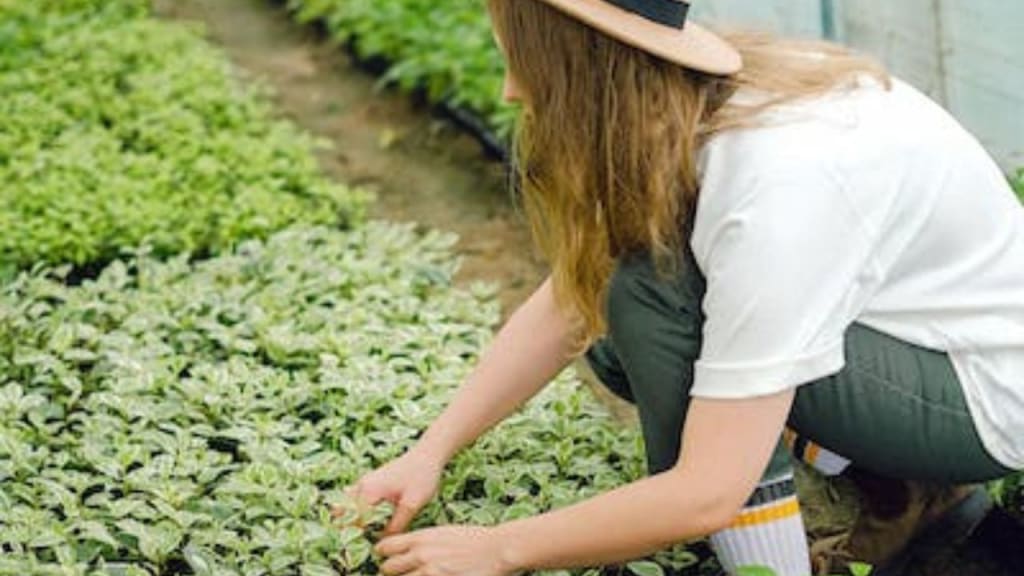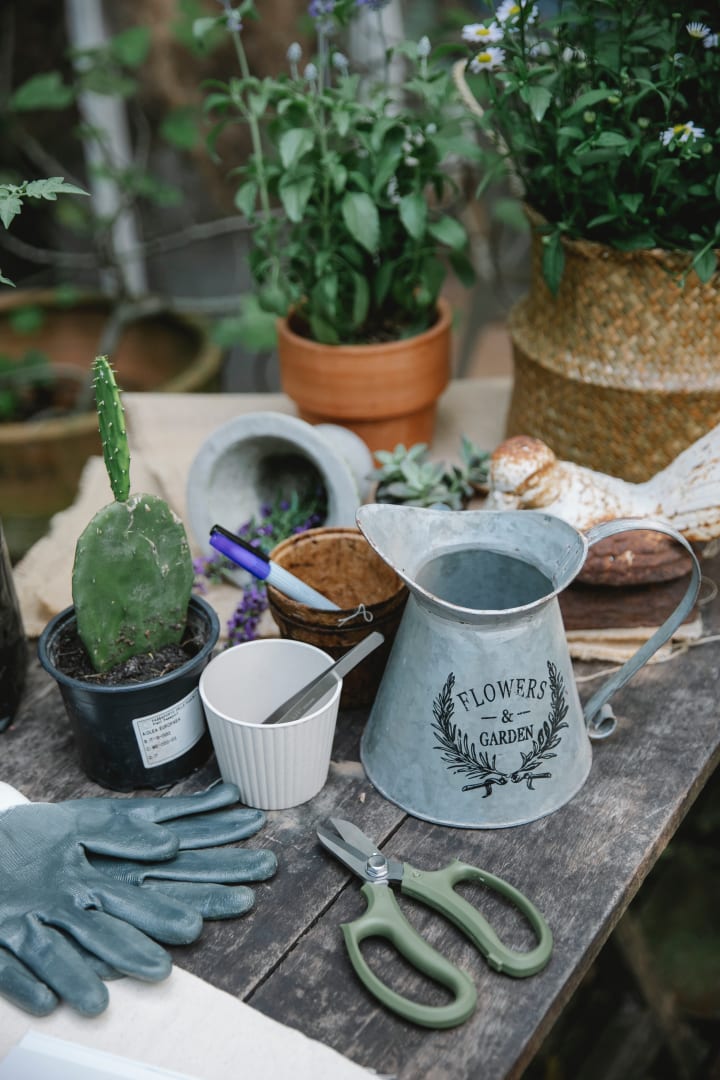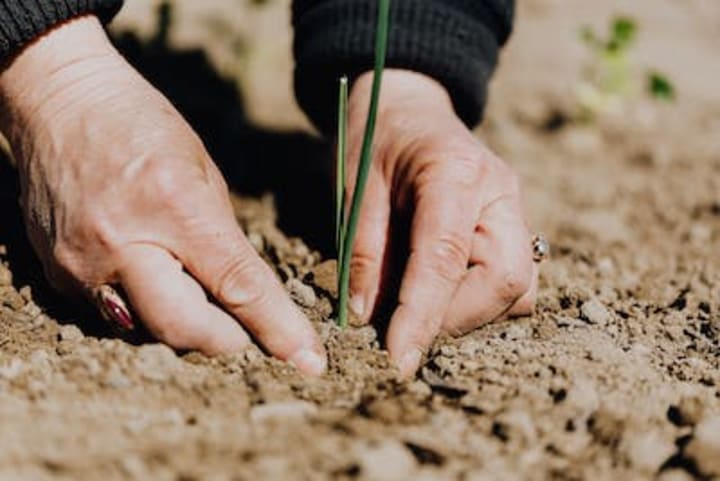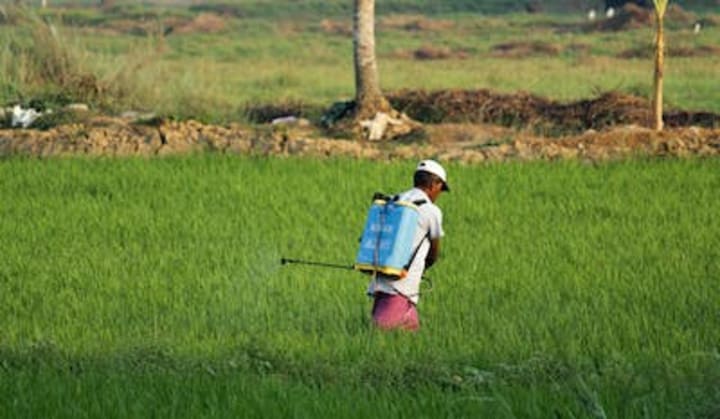Starting Your Own Pocket Farm: A Guide to Growing Your Own Food in Small Spaces
Maximizing Self-Sufficiency and Sustainability in Urban and Suburban Areas

Learn how to start and manage a productive pocket farm with this comprehensive guide. Discover tips,tricks and techniques for growing fresh vegetables in small spaces and increase your self-sufficiency
Introduction
Pocket farming is a way to grow produce in a small area, such as an apartment balcony, garden, or patio. It involves cultivating an area in your home, often just a few square feet, in order to produce fresh fruits, vegetables, and other types of crops. Pocket farms provide individuals with control over what they eat and allow them to take ownership of their food source.
The main benefits of having a pocket farm are the fresher and tastier produce, the cost savings due to reduced grocery bills, and the satisfaction of growing and harvesting your own food. Furthermore, pocket farming reduces your carbon footprint as it requires fewer inputs (less water and energy use, no chemicals) and creates a sustainable way of living. Not to mention, it gives people the opportunity to interact with nature, reconnect with their local environment, and explore urban farming. Pocket farming is an innovative way to ensure that healthy food is available to those who may not otherwise have access to it.
II. Selecting a Space for Your Pocket Farm
A. Choosing a location:
When it comes to the success of a pocket farm, the location is a major factor. Where you choose to place your pocket farm should be carefully considered as it can significantly impact light exposure, temperature, and wind patterns. These elements are essential for healthy plant growth and can greatly determine the overall health of your crops. For example, it is important to make sure your pocket farm is in a spot with adequate light and heat, and it is not exposed to strong winds that could damage plants or erode the soil.
Click Here For How to Grow Your Own Food in a Pocket Farm!
B. Understanding sun exposure and light requirements:
Adequate sun exposure is essential for healthy plant growth and development. Plants require a certain amount of light for photosynthesis, so it is important to make sure your pocket farm gets the amount of light necessary for each type of crop. Some plants prefer full sun, while others prefer partial shade. It is also important to understand the light requirements of different crops and adjust the location of your pocket farm accordingly.

C. Measuring and evaluating your space:
It is important to measure and evaluate your pocket farm space before you begin planting. Make sure to consider factors such as available sunlight, water access, and wind patterns. Also take into account any existing features like trees or fences, which could shade or block the sun from reaching your plants. Taking the time to properly measure and evaluate your space before planting can help you determine the best location and prevent any unnecessary challenges down the road.
III. Essential Tools and Equipment for Your Pocket Farm
A. Basic tools:
Garden gloves, trowel, pruning shears, and a watering can are essential tools needed for a successful pocket farm. The garden gloves help protect your hands while you work, while the trowel and shears can help you dig and trim plants respectively. A watering can can help ensure that plants are getting the correct amount of water and evenly spread throughout your pocket farm.

B. Watering equipment:
Proper watering is essential for a successful pocket farm, and the right equipment is necessary for it. Different types of watering systems can be used, including hand watering, automated sprinklers, and drip systems. Hand watering is the most cost-effective, but sprinklers are great for larger pocket farms. Drip systems provide more accurate and efficient watering, but require more investment and upkeep.
C. Soil and composting resources:
Soil quality is crucial for the health and growth of your pocket farm plants. Quality soil provides the necessary nutrients and helps keep plants healthy. Select the right soil for your pocket farm that can help you get the most out of your plants. Composting is a great way to add nutrients to your soil. Compost bins can be created easily, and with proper maintenance and care can help ensure that your pocket farm has all the necessary nutrients to thrive.

IV. Choosing Plants for Your Pocket Farm
A. Selecting the right plants for your space:
Discuss how to select the right plants for your pocket farm based on your space, light exposure, and climate. Mention popular plants for pocket farms and their growth patterns.
B. Understanding plant growth patterns and requirements:
Explain how plant growth patterns affect your pocket farm and how to plan accordingly. Discuss how to determine the right growing conditions for each plant, such as light, water, and temperature requirements.
C. Planning and organizing your farm layout:
Discuss how to plan and organize your pocket farm for maximum productivity. Mention the importance of crop rotation and inter cropping.
V. Maintaining Your Pocket Farm
A. Watering and fertilizing:
The most important factor for growing healthy and productive crops in your pocket farm is having the right watering and fertilizing practices in place. Watering systems vary based on the types of plants you are growing and your budget, but the most important thing to remember is that each plant requires different levels of moisture. To ensure your plants get the optimal amount of moisture, consider using a drip irrigation system that uses a timer and water gauge to regulate the water flow and time. Additionally, it is important to fertilize your plants correctly to promote growth. Different types of plants require different types of fertilizer, so make sure to use the correct one for the specific plants you are growing.
B. Pest control:
To protect your pocket farm from pests, it is important to practice good gardening hygiene and regularly check your plants for any signs of pest damage. If you do find signs of pest damage, identify the pests and take action accordingly. Common garden pests include aphids, beetles, caterpillars, cutworms, mealybugs, slugs, and more. Control these pests by introducing beneficial insects into the garden, using insecticidal soaps or oils, and encouraging natural predators like birds. Other ways to control pests include keeping your plants well-maintained and free of debris, avoiding over watering, and maintaining proper pH balance in your soil.

C. Crop rotation and soil management:
Crop rotation is essential to a successful pocket farm. Not only does it improve soil fertility and reduce disease pressure, but it also keeps the harvest fresh and varied. When planning your crop rotation, choose crops that are rotated within a group based on their nutrient requirements, life cycles, and plant families. When it comes to soil management, ensure the soil is free of weeds, the pH is within an optimal range, and the nutrients are balanced. Composting is a great way to introduce beneficial bacteria, fungi, and organisms to the soil, which will increase water-holding capacity and aeration, as well as provide important micronutrients for plants. Regular testing of soil composition will help to determine the best fertilizers for the types of plants you are growing.
VI. Conclusion
A. A pocket farm is a small space for growing food in urban and suburban settings. Benefits of pocket farming include having fresh, organic food available, conserving natural resources, reducing food costs, and creating a connection with nature. To get started, choose a pocket farm space, plan out your farm, select the type of plants, purchase the supplies needed, create your soil, and set up an irrigation system. Maintaining your pocket farm involves consistently monitoring, maintaining, and improving your farm to ensure you are harvesting fresh and delicious food.
B. Taking the first step in starting your own pocket farm can be overwhelming, but the reward and satisfaction it brings is well worth the effort. Growing your own food allows you to enjoy the beauty of nature while producing healthy, delicious food for you and your family. You don't need a lot of space or a lot of experience to have a successful pocket farm. With a little time and effort, you can begin your own journey and reap the rewards.
C. Don't let limited space and experience hold you back from starting your own pocket farm. It doesn't take a lot to get started and you will be amazed by the connection with nature and the abundance of food you can produce. Starting a pocket farm is an incredible journey with many rewards along the way, and I encourage others to take the first step in beginning their own journey.
Click Here For How to Grow Your Own Food in a Pocket Farm!





Comments
There are no comments for this story
Be the first to respond and start the conversation.